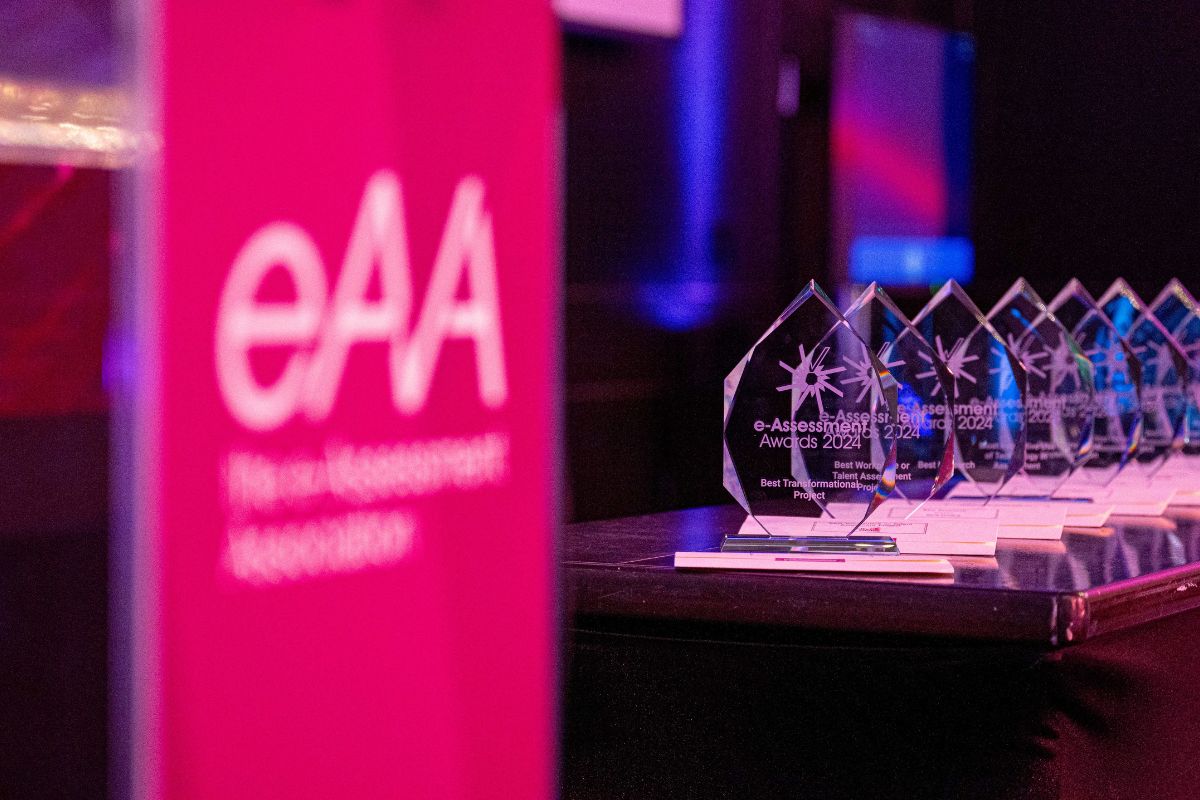Jisc: The Biggest challenge to digital sustainability in tertiary education is IT use

New report by @jisc (Digital sustainability in tertiary education: trends, challenges and sector insights) reveals attitudes to digital sustainability across UK further and higher education
A recent survey of almost one hundred Jisc members has found that staff and student IT use is the biggest digital sustainability challenge for colleges, universities and education providers today, highlighting a need for greater knowledge around sustainable digital practices.
A new report based on the survey, Digital sustainability in tertiary education: trends, challenges and sector insights, outlines the opportunities and challenges being faced around digital sustainability within tertiary education and highlights recommendations for reducing carbon impact across estates.
HE institutions are slightly further along in their digital sustainability journey, with 45% of respondents already having net zero targets in place for 2035 or earlier
The report reveals that HE institutions are slightly further along in their digital sustainability journey, with 45% of respondents already having net zero targets in place for 2035 or earlier. In contrast, the majority of FE respondents (56%) stated they have sustainability objectives in place but have not yet set net zero targets.
Both HE and FE respondents identified sustainable policies for key stages of the IT product lifecycle as the top actions being taken to ensure digital environmental sustainability.
To encourage cross-sector collaboration and to promote good practice, the report outlines eight common digital sustainability needs identified by respondents and provides a digital sustainability roadmap alongside additional resources to support senior leaders in taking positive action.
Cal Innes, sustainability subject specialist at Jisc, said:
“In this fast-paced age of digital transformation, most of us interact with technology in some form or another every day. Within education, the implementation of digital technology offers a range of opportunities as well as challenges, for leaders, staff and students alike, and this is especially true when considering digital sustainability.
“It would be easy to assume that the use of digital in education is a win for sustainability. Online and blended learning reduces the need for travel for many students and staff, while the use of virtual learning environments (VLEs) often negates the need for physical classroom space, leading to savings on heating, lighting and maintenance.
“However, there are often hidden sustainability costs from institutions’ everyday use of digital that could result in hefty digital carbon footprints. Increased carbon emissions resulting from saving unnecessary content to the cloud, leaving devices on stand-by, and sharing substantial amounts of data are common examples of areas that could be easily improved by using a sustainable approach.
“It is encouraging to see that digital sustainability is already high on the agenda for many of our members, and I want to thank all those that have contributed to this report. By working together and learning from each other as well as from external organisations, policymakers and environmental advocates, we can collectively imagine a bright and sustainable future for generations to come.”










Responses